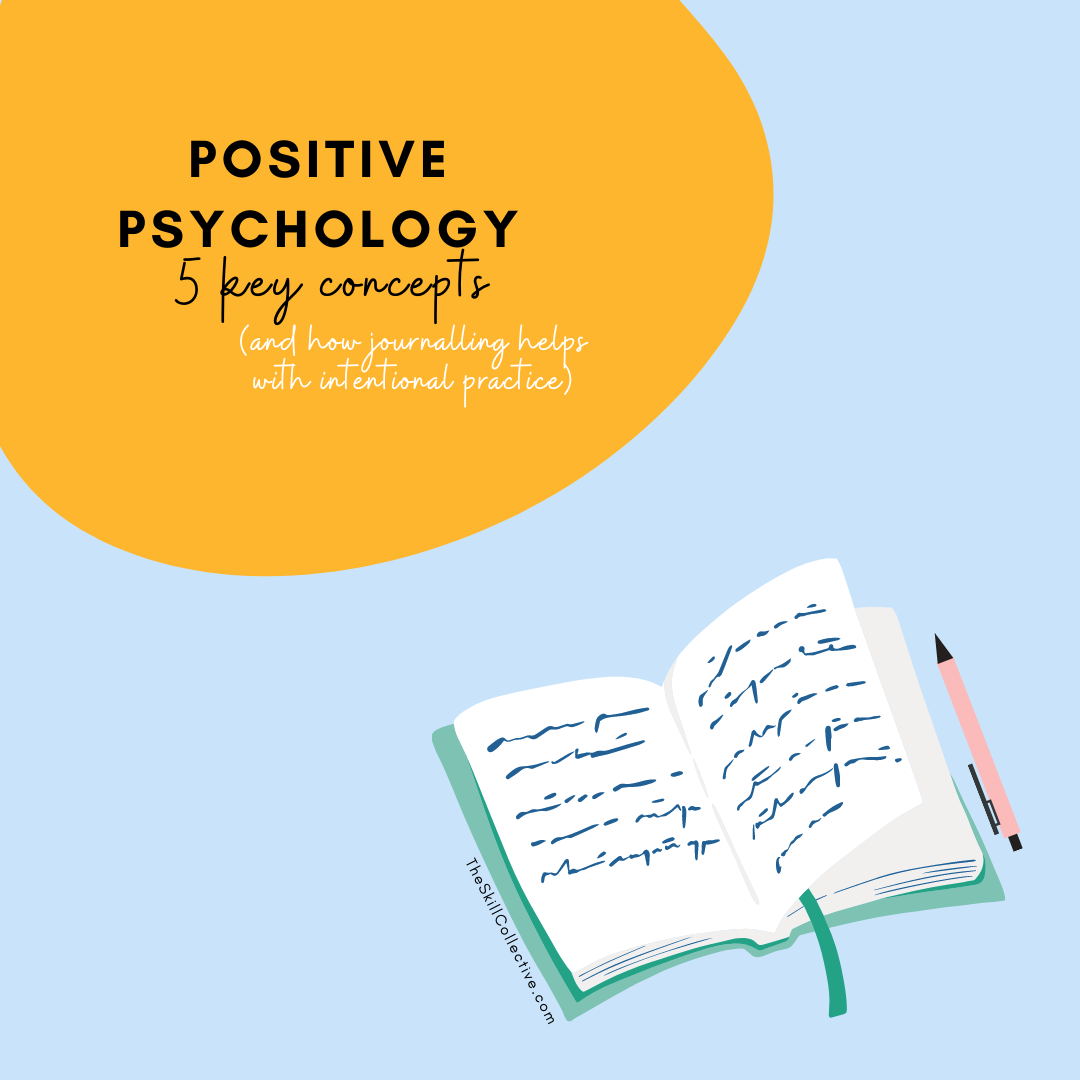How a planner can help you stay on track with your studies
Between studies, assignments, paid work, volunteer work, sporting commitments, social life… is it any wonder things that student life can feel overwhelming? Here’s how to use your a study planner to organise yourself.
Low Self-Esteem: Body Image + Eating Disorders
How are self-esteem, body image, and eating disorders related?
Low Self-Esteem: The role of social comparison
Do you compare and then despair? Read on to learn how social comparison drags down your self-esteem.
Low self-esteem: How perfectionism sets us back...
Why does wanting to be so good leave us feeling so bad?
Low Self-Esteem: Thoughts + Thinking Styles
Is your self-talk dragging your self-esteem down? Here’s how thoughts and thinking styles leads to low self esteem
Positive Psychology: 5 Key Concepts (and how journalling helps with intentional practice)
Boost your wellbeing and resilience with Positive Psychology. In this article we look at 5 key concepts in the field of positive psychology, and how journalling can help you achieve better wellbeing.
Early career burnout - Part 2: Workplace factors
Burnout is on the rise, and it’s disproportionately affecting millennials, Gen Zs, and those in the early stages of their career. Read on to learn what workplaces can do to help.







